The Inexhaustible Guide to Renewable Energy
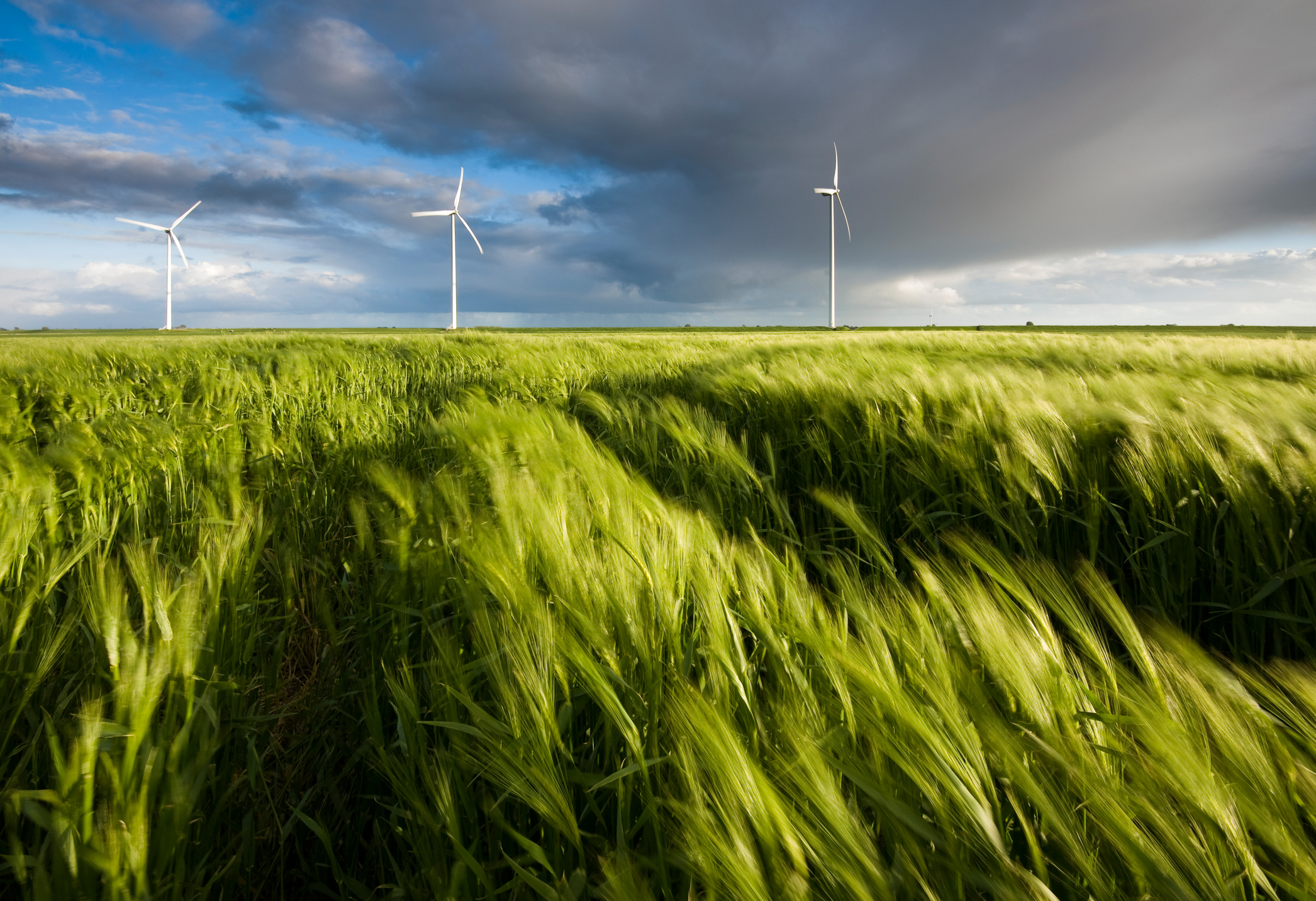
Renewable energy is a popular topic these days, but that wasn’t always the case. Some of you may recall the energy crisis during the mid 1970s when lines of cars surrounded most gas stations. If you grew up during this time, you may have been under the scary impression that petroleum would run out in the very near future. The horror!
As it turns out, that energy crisis was just a blip in our fossil fuel existence, and it hasn’t been much of concern since. But despite the fact that we've been able to find more ways to harvest fossil fuels, we now know about the detrimental environmental impacts, and the inevitable fact that we will eventually run out of fossil fuel sources. So we know we need to find new ways to utilize clean, sustainable sources of energy. Enter: renewable energy.
What is Renewable Energy?
Renewable energy, by definition, cannot run out. Renewable energy comes from natural sources that can replenish themselves, and by replenish, we mean in relatively short turnaround, such as our own lifetime. So why is renewable energy important? After all, if you wait long enough (ie thousands of years) fossil fuels are also replenishable. But who actually has millennia to wait for their morning cup of coffee?
When it comes to defining the different types of renewable energy, it’s often just a matter of semantics. Renewable energy is also synonymous with sustainable energy, inexhaustible energy, and clean energy.
(It’s important to note that clean energy does have some room for interpretation. Since nuclear energy is a low-carbon power source, some define nuclear energy as a clean energy source. But keep in mind that creating and harvesting nuclear energy does also cause a byproduct in the form of radioactive waste).
The great thing about renewable energy sources is that they can accomplish the exact same tasks as fossil fuels currently do. Renewable energy can be used for creating ambient heat, producing lighting, heating water, cooking good, and yes, generating electricity.
What is the Difference Between Renewable and Non-Renewable Energy?
Non-renewable energy sources, often synonymous with fossil fuels, are energy sources that take an incredibly long time to renew (spanning from hundreds to thousands of years). So in our lifetime, a fossil fuel is generally not able to regenerate itself. Commonly known fossil fuels include coal, petroleum, and natural gas, all of which have carbon as their main element. So when these fossil fuelds are burned, a large amount of harmful carbon is emitted into the atmosphere, drastically altering the health of the planet’s air and overall environment.
Overall, the easiest way to define and categorize energy sources are probably renewable and non-renewable, and leave it at that. Because if your energy source is renewable, it’s also going to be sustainable, inexhaustible, and at least reasonably clean to harvest and use for the environment (when compared to nonrenewable energy sources).
The Different Types of Renewable Energy
According to the Natural Resource Defense Council, there are six types of renewable energy:
1. Solar Energy
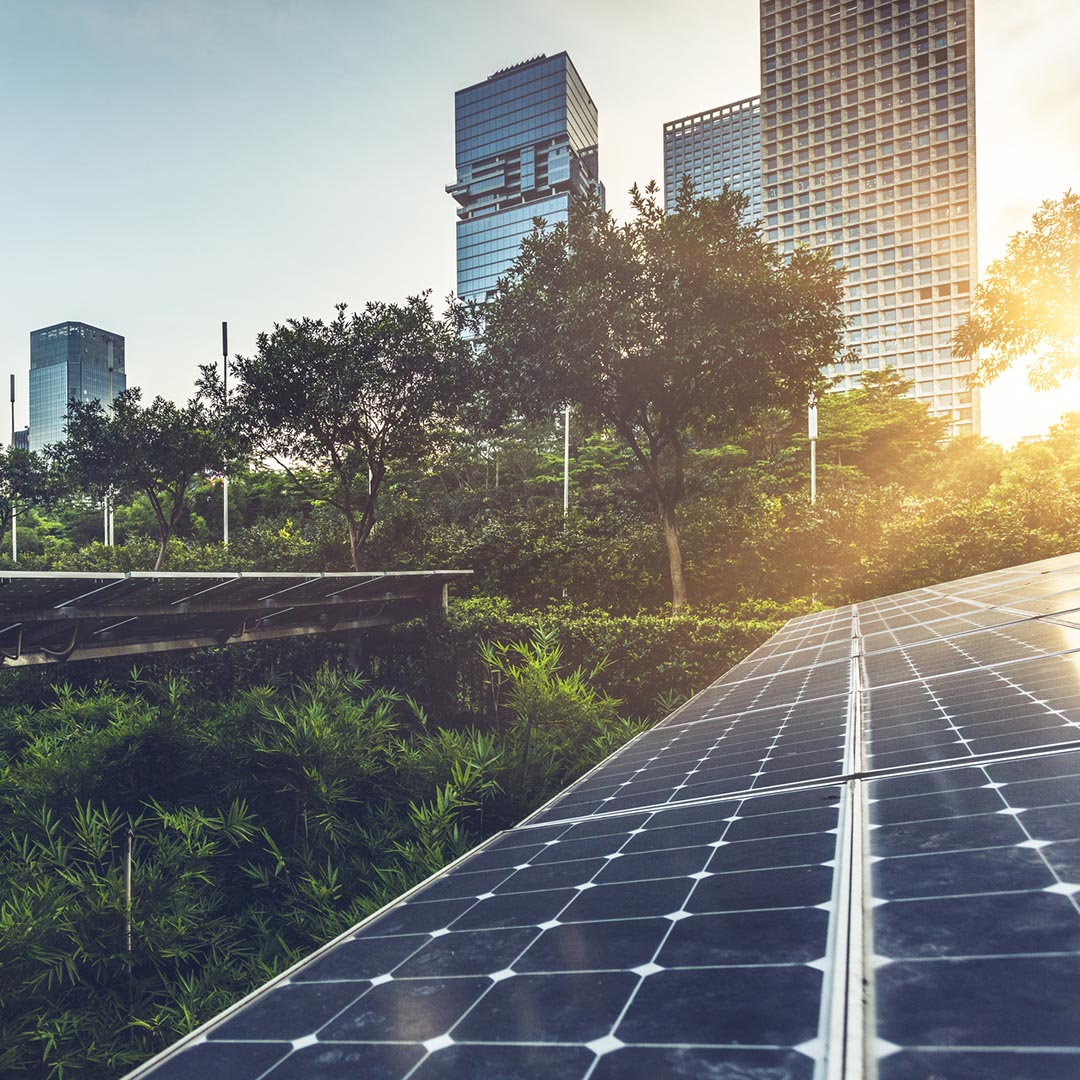
As the name suggests, solar energy is harvested from the sun. And thankfully, the sun isn’t going anywhere any time soon, so it is a plentiful source of renewable energy. It has been reported that more energy from the sun falls on the Earth in one hour than is used by all of mankind in one year. (We assume half of that sunshine falls on Arizona, but we don’t have any studies to support that claim).
Solar power isn’t a new energy source. The power of the sun has been harnessed for thousands of years in daily activities such as growing food, drying and preserving food and plants, and keeping us warm. But in today’s day in age, we now have new ways to harness, store, and utilize that solar energy.
2. Wind Energy
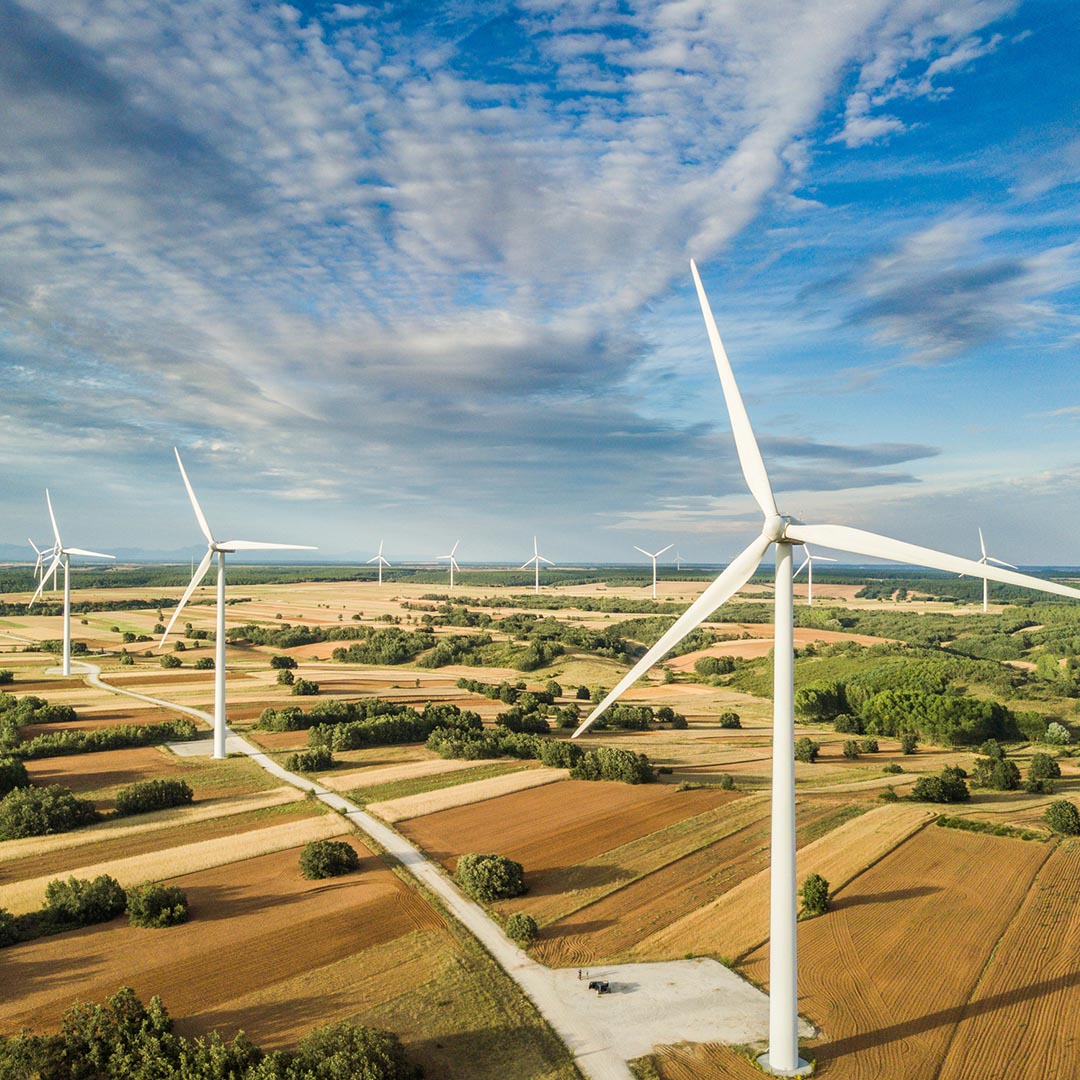
Again, no shock here, but wind energy is harnessed from the wind. Have you ever been driving out on some wide open roads by a farm, seen an old-fashioned windmill, and thought, “Isn’t that quaint?” As it turns out, those windmills are more than just old fashioned decoration. In this regard, farmers were pioneers in the renewable energy movement, and windmills were meaningful and intelligently designed structures to capture and use wind energy in their daily operations.
Now, modern-day wind turbines are as big as skyscrapers. Groups of turbines can be commonly sighted on road trips through top-producing states like California, Texas, and Oklahoma. As the high winds turn the blades, an electric generator is fed, and electricity is produced and stored for use.
3. Hydroelectric Power
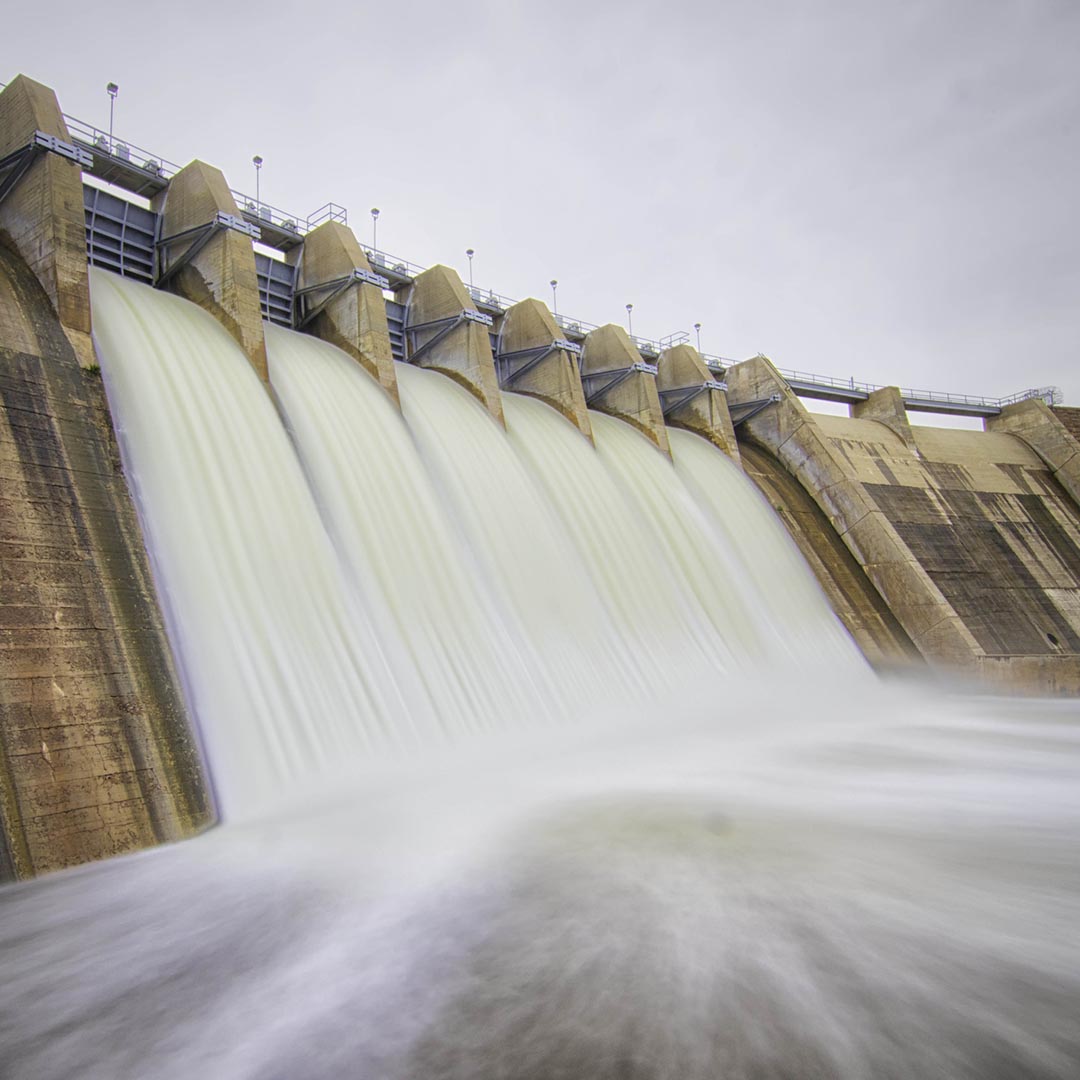
Another very important source of renewable energy is hydroelectric power, harvested from water. (Currently, hydroelectric power is the number one source of renewable energy in the United States, though wind energy is quickly gaining ground). Hydroelectric power is reliant on water moving quickly through turbines connected to generators that produce electricity.
Hydroelectric power does have some controversy surrounding it. Dams are often used to help capture hydroelectric power, but damming bodies of water like natural rivers restricts the flow of water to animals and humans that once relied on it.
4. Biomass Energy
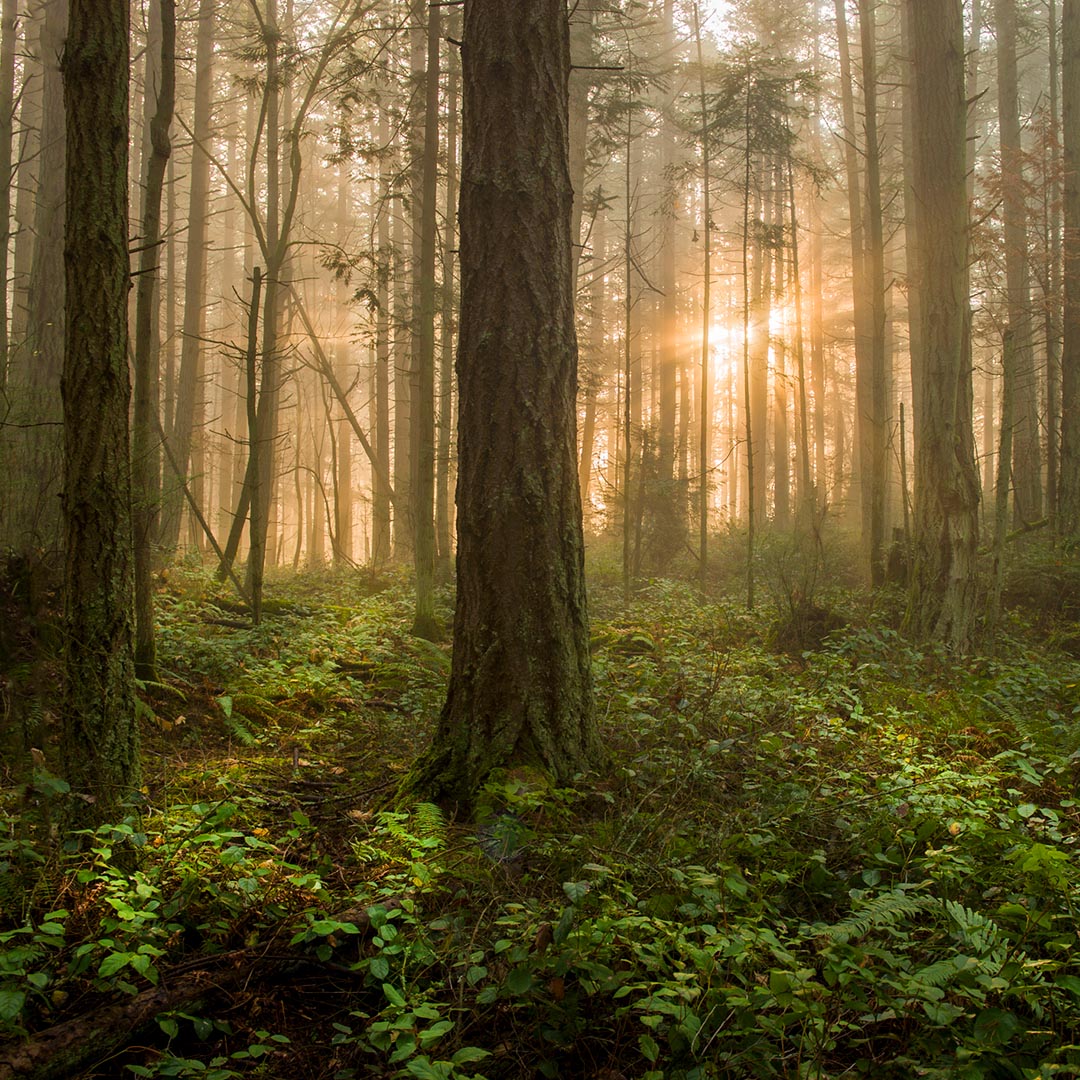
Biomass energy isn’t a term you’ll hear in everyday conversations about renewable energy, but you’re probably pretty familiar with it. Biomass energy comes from the burning of organic material, such as plant matter, animal waste, food, and crops. When you burn it, a type of chemical energy releases heat that can create electricity using a turbine.
The issue with generating biomass energy is that carbon emissions are released as a result of the burning process, meaning biomass energy isn’t as clean as the other sources of renewable energy on this list. The amount of carbon emissions released is related to how quickly the biomass material decomposes on its own, and the timing relies most heavily on size of the organic material – think saw dust vs. an oak tree.
5. Geothermal Energy
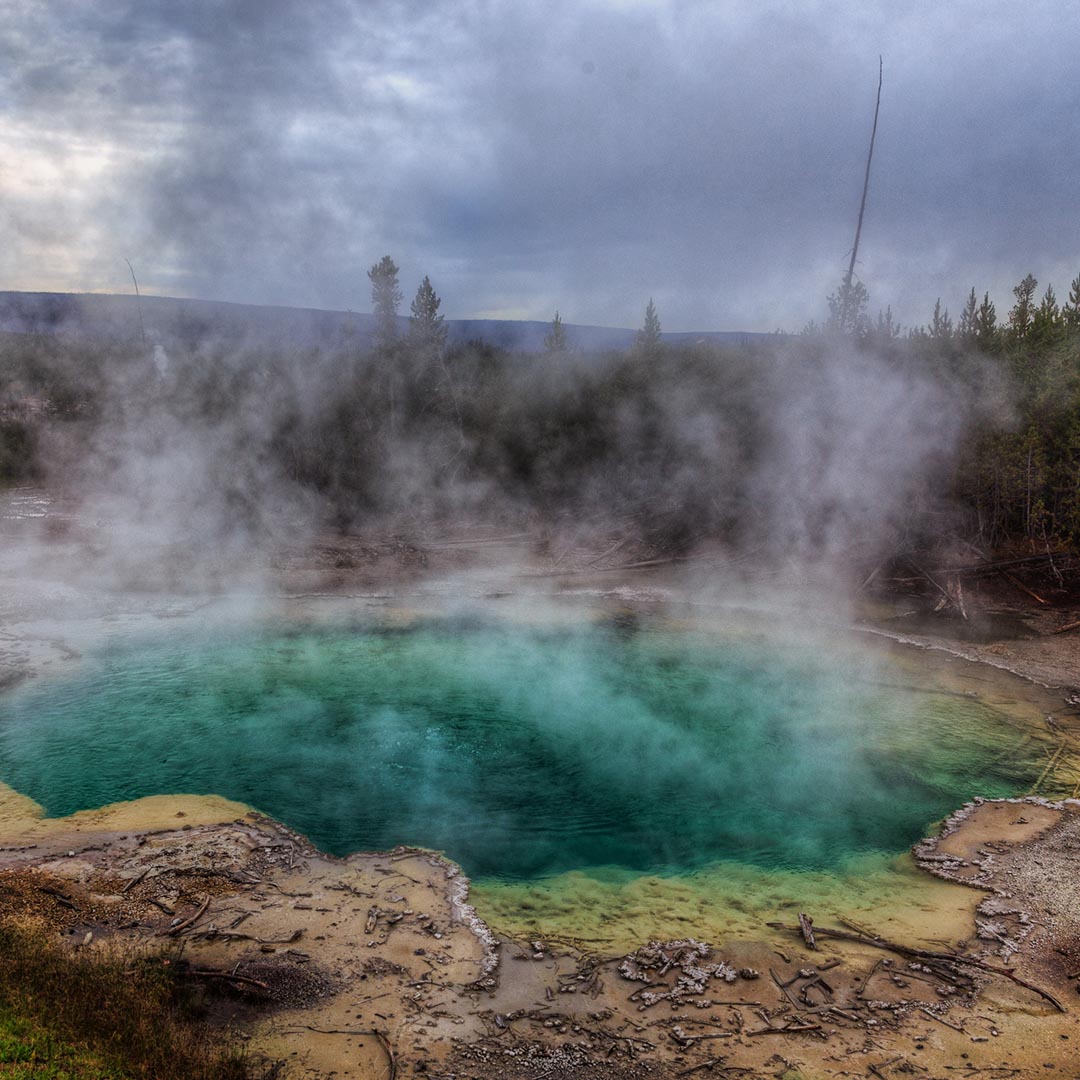
Onto geothermal energy, a renewable energy source that comes from the heat within the Earth. If you’ve ever visited a hot spring, you’ve already experienced geothermal energy first hand. While the ground we walk on doesn’t seem that hot, as you go deeper into the ground, the Earth’s core is actually almost as hot as the surface of the sun. (This is due to radioactive particles in the center of our planet that decay slowly, causing heat that is buried deep down).
To capture geothermal energy, very deep wells are drilled to access extremely hot water, which is then pumped through a turbine that produces electricity. The emissions from drilling are low, keeping it a relatively clean energy source. But in certain areas, this drilling process can increase the risk of earthquakes. And let’s be honest, nobody ever, ever looks forward to an earthquake.
6. Tidal Energy

Also known as ocean energy or wave energy, tidal energy works similarly to hydroelectric energy. To harvest tidal energy, dams are built in bays and lagoons and anchored to the ocean floor. Then the energy from this water is moved rapidly through turbines to create electricity.
Because tides are governed by the moon’s gravitational pull, and the moon is here to stay for a while, tidal energy is an an exceptionally reliable source of clean and renewable energy. However, there is some concern about harming wildlife through the energy creation process. Unlike solar power, tidal energy is one energy renewable source that is still in its infancy, and we have much to learn about the pros and cons of using tidal energy on a day-to-day basis.
Why is There a Need for Renewable Energy?
Renewable energy sources have numerous benefits, hence the overall focus of shifting our emphasis from nonrenewable energy sources, to cleaner, renewable energy sources. The fact that the previously listed renewable energy sources such as solar energy and wind energy are inexhaustible is perhaps their most obvious benefit, but there are many others. The benefits of using clean, renewable energy sources touch many different important aspects of our lives, such as improving overall health, the economy, and the planet’s environment as a whole. A few important benefits of renewable energy are outlined below:
1. Reduce Greenhouse Gas Emissions
Using renewable energy cuts down on the amount of carbon dioxide released into the atmosphere during the combustion of fossil fuels. Since greenhouse gas emissions have a direct impact on climate change, it is incredibly important to work on reducing the amount of polluting carbon emissions that the world creates.
2. Reduce Air Pollution
Utilizing cleaner energy sources reduces the amount of pollution emitted into the air from utilizing fossil fuels. Common air pollutants includes solid particles and gases, like car emissions, ozone gas and smog, chemicals from factories, mold, and even simple dust.
3. Reduce Dependence on Fossil Fuels
Getting an early jump on finding clean energy alternatives will ensure we’re not scrambling to find ways to meet energy needs once the supply of fossil fuels inevitably runs out (however far in the future that may be).
4. Improve Economic Conditions
Development of the renewable energy industry is incredibly helpful for growing the economy. New energy sources means new job creation, which is always a surefire sign of economic improvement
5. Improve Public Health
Many prevalent health conditions are somehow related to fossil fuel usage, including asthma, lung disease, neurological disorders, and even types of cancer. Shifting to a greater reliance on clean energy means we will have fewer health problems overall, a cause we can all support.
How Much Does it Cost to Switch to Renewable Energy?
Another benefit of using renewable energy (albeit a benefit that is realized over a longer period of time) is potential utility bill savings.
When switching to renewable energy sources –like solar—there is usually an upfront cost from implementing the new energy technology. But over time, it is a cost that will likely reduce over time due to reduced monthly utility bills. So in essence, you can think of the cost of switching to renewable energy as more of an investment than a typical expense.
According to EnergySage.com , the average American family uses 11,000 kWh and spends $1,430 on electricity, annually. To meet that same need in a state like California, your solar system would only cost you $13,566. Which means your 20-years savings would be almost $30,000. Not a bad investment!
Which Countries Use the Most Renewable Energy?
The United States is seriously behind (compared to the rest of the world) when it comes to amount of renewable energy usage. Renewable energy accounts for just 14% of the United States’ total energy consumption. To put it into perspective, other countries rely on cleaner renewable energy for anywhere from 80-100% of their total energy consumption. So needless to say, we have some catching up to do!
Top Seven Countries that Rely on Renewable Energy (by Percentage of Total Energy Use)
- Iceland - 100%
- Costa Rica - 99.1%
- Norway - 98.5%
- Belize - 95.2%
- Kenya - 88.2%
- New Zealand - 80.8%
- Austria - 80%
Those statistics are from 2015, thanks to The Sanders Institute, so numbers have increased over time. The U.S. has risen from 14% to 2017’s latest estimate of 18%, but we’re still lagging comparatively. For instance, in March 2018, Portugal produced 103.6% of their total energy demand using renewable energy sources. These countries have an admirable dedication to using renewable energy.
But as all big changes come around, it starts with the individual. It starts with us. So check out this wonderful resource from Popular Mechanics on seven ways you can power your home with renewable energy to save money, and even help the environment.
Now, if you know you want to do a type of renewable energy upgrade on your home, but aren’t sure how to pay for the initial upfront cost, don’t let that stop you. Ygrene has simplified the home improvement financing process on hundreds of home improvement projects, including renewable energy upgrades. Get approved today! Get renewable energy tomorrow!




